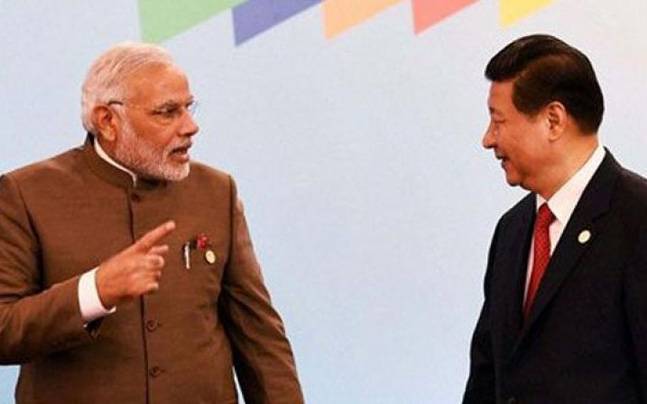November 12, 2013
CHENNAI: India's first Mars orbiter spacecraft bounced back into action after a day of concern, when Isro scientists raised its apogee (farthest point from Earth) to more than 1 lakh kilometres on Tuesday.

November 12, 2013
CHENNAI: India's first Mars orbiter spacecraft bounced back into action after a day of concern, when Isro scientists raised its apogee (farthest point from Earth) to more than 1 lakh kilometres on Tuesday.

India's first mission to Mars blasted off successfully on November 5, 2013, completing the first stage of an 11-month journey that could see New Delhi's low-cost space programme win Asia's race to the Red Planet.
"The orbit-raising operation was a success, " Isro chairman K Radhakrishnan messaged TOI early on Tuesday. "We are expecting an apogee of 1.18 lakh km." This means that the spacecraft is ready to leave Earth's orbit. This exercise, called the trans-Martian injection is planned on December 1.
On Monday, a halt in the flow of the liquid engine had slowed down the orbit-raising operation, as an apogee of only 71,623km could be achieved as against the desired orbit of 1 lakh km. This was corrected with Tuesday's exercise.
What saved the spacecraft were the redundancies (back-up systems) on board the spacecraft.
"When both the primary and redundant coils were energised together, as one of the planned modes, the flow to the liquid engine stopped. The thrust level augmentation logic, as expected, came in and the operation continued using the attitude control thrusters. This sequence resulted in reduction of incremental velocity," Isro said in a statement.
Scientists said the spacecraft is in good health to achieve its objectives including the trans-Martian injection on December 1, and the 400-million km cruise to the red planet in 300 days.
"During the orbit-raising operations conducted since November 7, 2013, Isro has been testing and exercising the autonomy functions progressively. The prime and redundant star sensors have been functioning satisfactorily. The primary coil of the solenoid flow control valve was used successfully for the first three orbit-raising operations," Isro said.
The drawback means the planned simultaneous operation of two coils would not be possible anymore, but if the rest of the operations happen as planned, the spacecraft will reach the Martian orbit on September 24.
Courtesy: TNN
















































































































